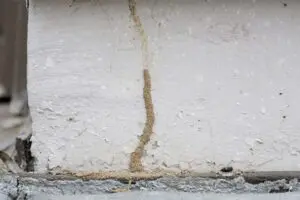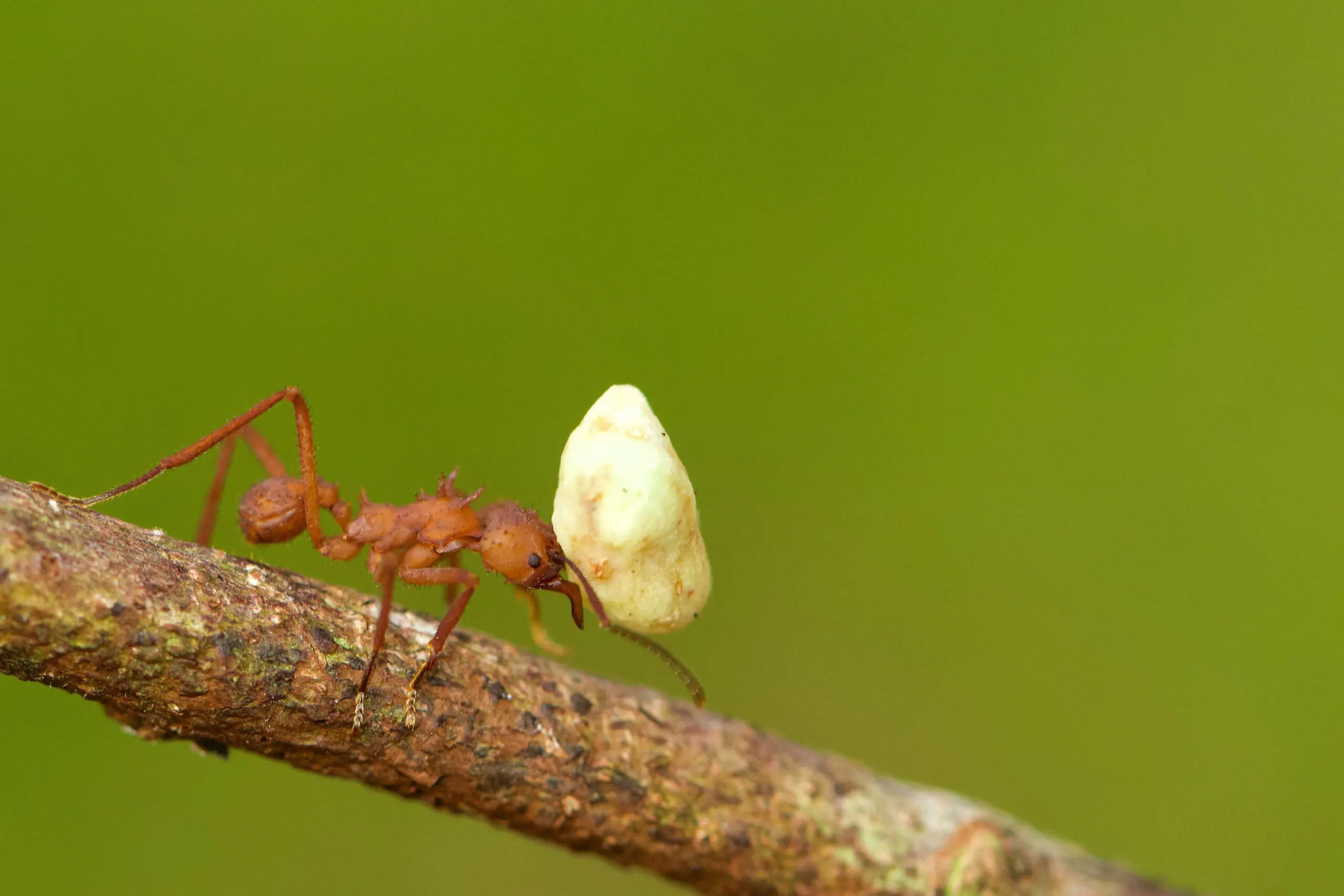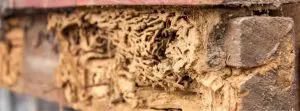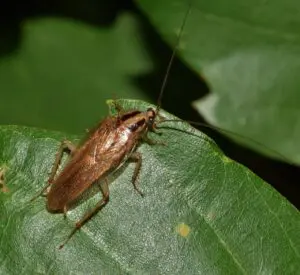

Spring has sprung! The birds are chirping, the flowers are blooming, and all of the new pups, fawns, kits, and cubs are coming out to explore. Unfortunately, spring babies aren’t the only tiny creatures wandering around this time of year. We all know ants are pesky picnic crashers and kitchen invaders, but here are 10 fun facts about ants that you may not know.
1. Ants have all but conquered the world
It may sound like an exaggeration, but it’s true! Ants live almost everywhere on the planet. In fact, the only places that are not inhabited by at least one native species are Antarctica, Greenland, Iceland, and a small number of islands. Given this, and that there are more than 12,000 different species of ants, it should come as no surprise that there are between 1 and 10 quadrillion individual ants in the world. That’s more than one million ants per human!
2. Ants are small but mighty
Believe it or not, ants can actually lift and carry 10 to 50 times more than their own body weight, and their unbelievable strength is due entirely to their small size. It sounds crazy, but it’s true! Because they are so small, the cross-sectional area of their muscles is much greater than that of larger animals. In other words, most of their body mass is muscle.
3. Ants do not have ears
Have you ever wondered if ants can hear? Interestingly enough, ants technically hear through their legs.It sounds impossible, but it’s not! Ants do not hear through auditory passageways, as humans do. Instead, they use sensors, called subgenual organs, which are located on their feet and knees. These sensors allow them to pick up and interpret vibrations from the ground, leading toward food or away from danger.
4. Ants do not have lungs
Ants simply do not have room in their tiny bodies for a set of lungs. They instead use a system of small holes and tubes to circulate oxygen through their bodies. Oxygen enters through the holes, which are called spiracles. The connected tubes circulate the oxygen and expel carbon dioxide. Movement promotes the circulation of oxygen in ants, so the more they move, the better they breathe!. When they are submerged in water, ants can close their spiracles which is an ant’s way of holding its breath. Ants can hold their breath for an astounding 24 hours! They use this ability to survive floods.
5. Ants take out the trash
Let’s be honest- ants don’t exactly seem like they would be the picture of tidiness, but as a matter of fact, they are arguably one of the most organized species of all insects. As such, they like to keep their colonies clean, so naturally, they need a place to dispose of their waste. Just as we use dumpsters, ants use midden. Simply put, a midden is a waste pile located outside of the nest. Worker ants are the unfortunate souls stuck with the task of taking out the garbage.
6. Ants retrieve their dead
At some point, you may have seen a live ant carrying a dead one and wondered to yourself- why? If that’s the case, then wonder no longer, because we have the answer. Ants dispose of their fallen counterparts in middens, which serve as cemeteries as well as dumpsters. They do this in order to protect their colony from diseases and infections. About two days after its death, an ant will start to release a chemical called oleic acid. Once the ant smells of oleic acid, the other ants will know it is dead and dispose of it. This means, however, that for the two days prior to the chemical being produced, the other ants ignore the dead ant thinking it is alive! What’s more, studies have shown that giving a live ant a bath in oleic acid will cause all of the other ants to think it is dead and dispose of it, despite the acid-covered ant’s protests.
7. Ants are insect farmers
Here’s a cool trivia tidbit- ants are the only species besides humans that farm other animals! Most commonly, they farm aphids in order to keep a steady supply of honeydew. While they don’t drive mini tractors or wear tiny overalls, they do protect the aphids from predators and give them shelter from the rain. They also herd the aphids to the areas of plants that have the best sap. In turn, they take some of the honeydew produced by the aphids. Now, you may be thinking this seems like a great setup for both parties. However, studies have found that ants will sometimes go to great lengths to keep the aphids from flying away. Two methods they use are clipping the aphids’ wings and using chemicals that they produce naturally to prevent the aphids’ wings from growing.
8. Ants have social castes
Being the organized insects that they are, ants separate their populations into three castes – queens, workers, and males. Each colony has at least one queen, and some have more depending on the species. Queens are typically the largest in the colony and they have wings, which they remove shortly after mating. Worker ants are all wingless females who do not reproduce. Male ants have wings, like the queens, although males are much smaller than queens. Each caste member has a job. Males mate with the queens and die soon after, and queens lay eggs. Workers do virtually everything else, from bringing in food to caring for the young, to maintaining and defending the nest. Talk about getting the short end of the stick!
9. Ants take slaves
As crazy as it seems, there are certain species of ants that keep slaves! Different species have different ways of going about acquiring their slaves, but they usually use one of two methods. Some species of slave-making ants will raid a colony of another ant species and take their eggs. The ants that hatch from those eggs will then work in the slave-makers’ colony as if it were their own. The slave ants perform all of the duties that are usually performed by workers, such as finding food and defending the nest. Other species take their slaves by simply replacing the queen of a colony with one of their own and subsequently taking control of the rest of the colony, making them into slaves. Oh, the cruel world of ants!
10. Ants can swim
Don’t bother flooding the anthills on your property- that won’t get rid of the pests! Oddly enough, many species of ants can survive remarkably well in water. Some can actually swim, using a sort of ant-doggy paddle, but most just float on the water’s surface for as long as they need to. Certain species, such as the fire ant, have a method of linking together to create a virtually unsinkable raft, allowing them to travel via rivers or survive floods. Some ants are also able to hold their breath for long durations, meaning they can survive underwater if needed. Depending on the species and water temperature, an ant can stay underwater for up to 14 days!
Who knew ants were such complex and efficient creatures? As fascinating as these ants facts may be, though, ants can still be a major nuisance. If you have questions about ants on your property, check out our ants resources page or contact us today.






